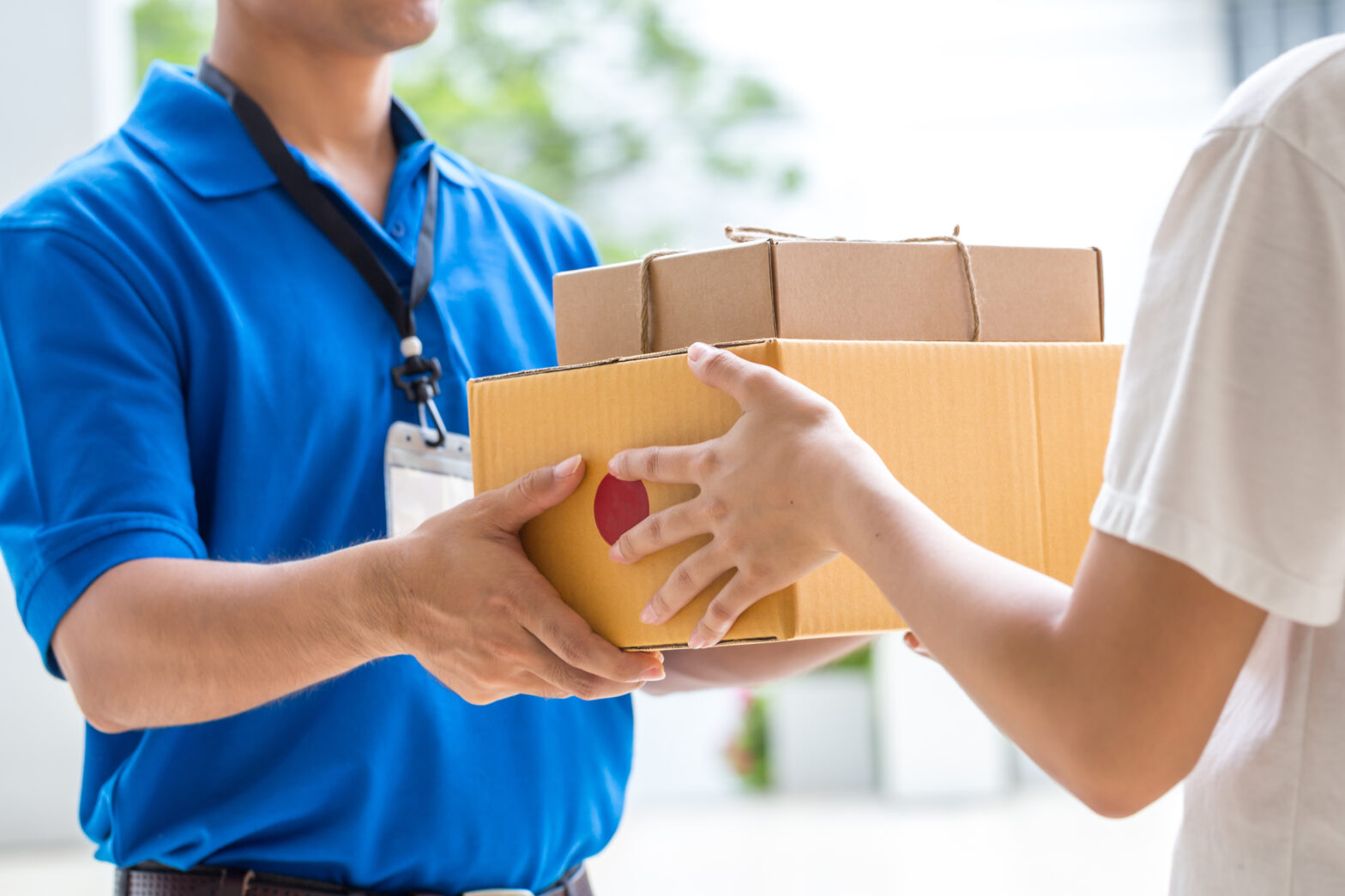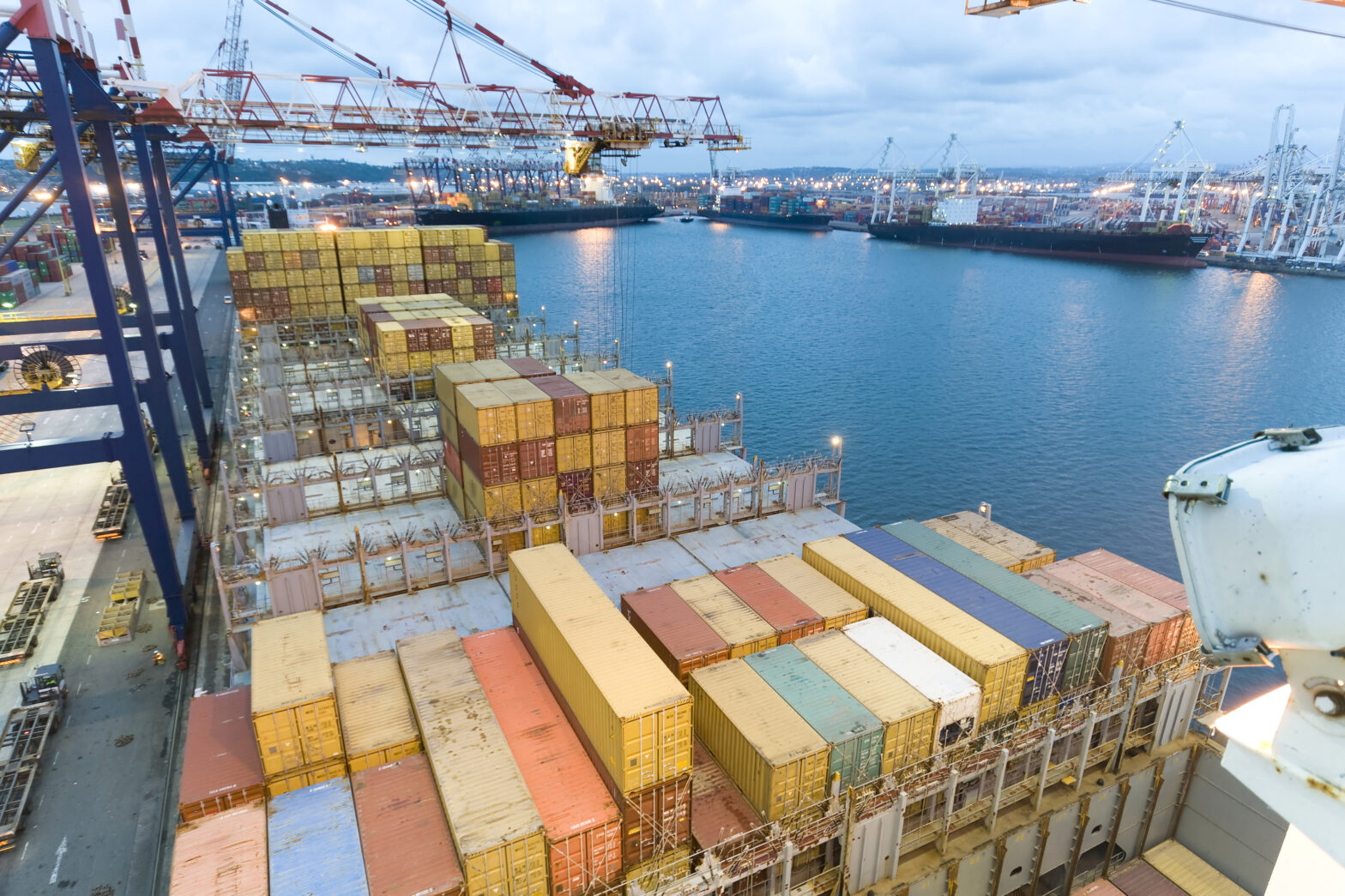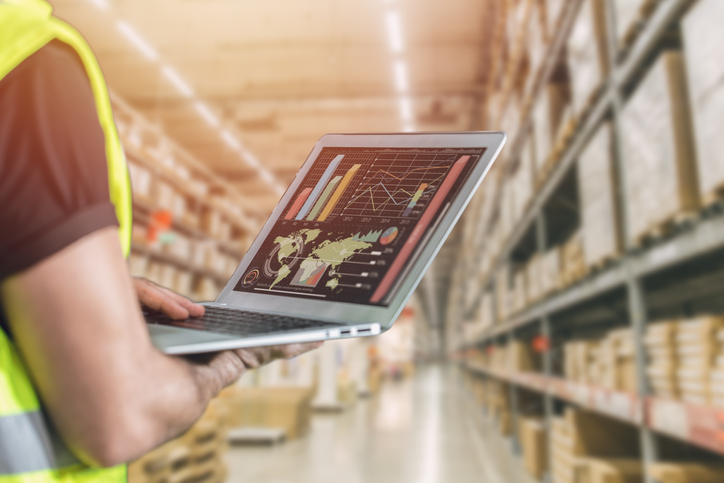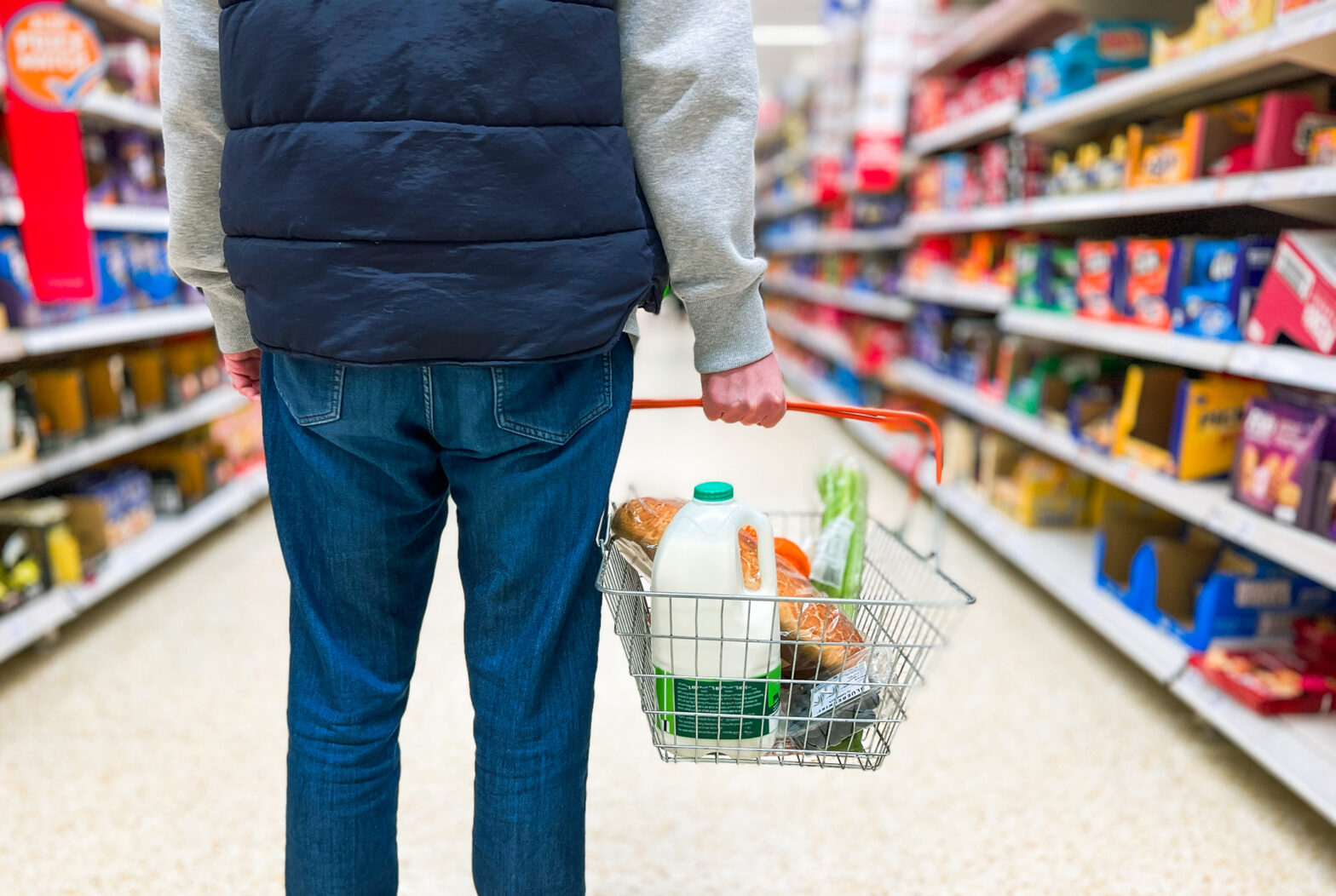Black Friday 2015 saw a tipping point in peak trading where we witnessed the UK’s first £1 billion online shopping day. This year the stakes are even higher. Those in the retail and logistics industry are being urged to prepare for five days of peak trading in November with industry experts predicting a £5 billion spend online in those five days alone.
As consumers choose to shop earlier and continue to shift their shopping online, global e-commerce is growing at such a rate that it is hard for the logistics and retailing industry to keep pace. Amazon has already kicked off its Black Friday promotions, which will introduce new deals as frequently as every five minutes through to December 22nd.
Over the past three years NetDespatch commissioned three studies surveying consumer trends within the retail industry. Our 2014 research focused more broadly on Christmas shopping, particularly noting a very high percentage of consumers opting to shop online but still preferring a home delivery. In 2015 we explored the extent to which consumer habits are governed by the ease and convenience of returns, and most recently, in 2016, we focused on consumer delivery preferences and what makes for ‘the dream e-commerce experience’. In this relatively short time frame the change in consumer needs, expectations and preferences is quite surprising. We certainly believe that as a retailer, understanding exactly what consumers want is vital to ensuring success over the 2016 peak period.
Alternative delivery options
What struck us most was the increase in the use of alternative delivery options. In 2014 we found that 85 per cent of those surveyed who shopped online preferred home delivery, despite the fact that 75 per cent of those surveyed worked full time and 25 per cent cited missing a delivery as the most irritating part of online shopping. In 2016 only 22 per cent of those surveyed said that they preferred delivery to their home with 78 per cent opting for alternative options such as the convenience of instore Click & Collect (33 per cent) and parcels delivered to the Post Office (40 per cent). Some 39 per cent stated they preferred for their purchase to be delivered to their local supermarket, 34 per cent to a local convenience store or garage, and 25 per cent to a locker. This change in delivery preference clearly highlights how in a relative short period of time developments in delivery options and e-commerce technologies can drastically impact consumer choices.
We also compared the change in consumer sentiment towards returning items. In 2014 only 14 per cent of participants said they hated returning parcels. However in 2016 this had risen to 66 per cent – a massive increase over the course of a couple of years. The increasing ease and convenience of the parcel delivery process which consumers are becoming accustomed to has perhaps triggered this increase in dislike of the returns process as returns still appear to be a hassle for consumers. Retailers have made it so quick and easy to order online we now expect the returns process to be just as easy.
In 2014 nearly two thirds (63 per cent) of those surveyed were satisfied with their purchases and didn’t return items at all. Nearly one quarter (23 per cent) returned anywhere between 1-10 per cent of goods and 7 per cent returned anywhere between 11-40 per cent of goods purchased online. This contrasts to 2015 when 35 per cent of all respondents had returned between 1-15 per cent of the goods they had purchased online and 7 per cent had returned between 16-50 per cent. Although many consumers dislike returning goods, there is a clear increase in the percentage of respondents returning goods. Even though retailers are offering more return options than ever, as well as many offering free returns, it still irks consumers. Therefore it is imperative that retailers make this as seamless as possible.
Convenience of online shopping an attraction
According to both the 2014 and 2016 survey, consumers now love the convenience of online shopping. They are attracted to the ease of online shopping, the fact that you can get what you want without having to visit a physical store, and the fact that there are no queues. Flexibility, visibility and control also figured very highly in our most recent 2016 survey with consumers wanting the ability to track parcels and to know exactly where and when a parcel will be delivered.
As we prepare for peak shopping days in 2016, we now know that the majority of shoppers now want the option of delivery locations beyond the home, they want better returns service, and they like access to information about their parcel – most prominently the ability to track items online. Flexibility is also vital for the shopping public. When a delivery is required urgently they want the ability to get it as such (and they are willing to pay). The consequences for not facilitating fast and flexible delivery are also becoming more clear with over 60 per cent in our most recent survey saying they would abandon a purchase if the delivery could not be made in their desired timeframe. Likewise, they want the flexibility in opting to have their parcel delivered in a timeframe that suits or to an alternate location when desired.
With peak literally just around the corner, retailers must recognise and adapt to the rapid changes we are seeing in the industry. Not only do retailers need to satisfy consumers however, they also must ensure that they deliver the most cost effective ‘peak performance’ in the run up to Christmas.
Matthew Robertson is co-CEO of NetDespatch.





